6. Fruitvale Station
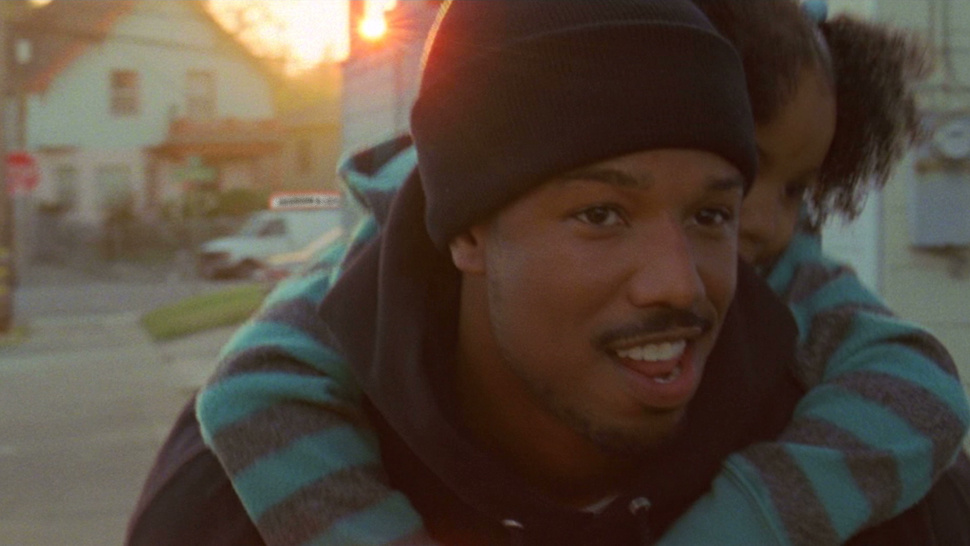
In a national climate so polarized by police brutality, where public opinion races to deem someone right and someone wrong practically hours after a shooting, rarely do we get a chance to learn about those who’ve lost their lives as a result. Because of the speed of the news cycle and one-click comments on social media, the humanity of these situations gets lost under all the white noise. Who was Eric Garner? Who was Tamir Rice? Who was Philando Castile? And who was Oscar Grant?
Ryan Coogler, director of Fruitvale Station, considers this simple question and runs with it in his directorial debut. The film follows Grant, played remarkably well by Michael B. Jordan, on the last day of his life, never leaving the ending in question. The opening scene, in fact, is real-life footage of Grant being detained by police officers just minutes before the shooting. His death, while tragic, isn’t the focal point of the movie, and this opening scene successfully dispels any doubts about that. The audience knows this man will die. It’s how he lives that truly compels the viewer to watch.
Everytime Grant hugs his daughter, or promises his girlfriend he will straighten up, or simply smiles, we see a man desperate to live. The unspeakable dramatic irony of Grant trying to save a wounded dog, himself only hours away from death, hits hard expressly because of his desire to change for the better of his family and himself.
It’s amazing how emotionally driven Fruitvale Station becomes when its whole basis is a simple question ignored by news outlets and Facebook users. So who was Oscar Grant? While there will never be a universally agreed answer to who was in the wrong in the Oscar Grant shooting, Fruitvale Station confirms that Grant was a man who wanted to live. Such a simple question and answer behind such a powerful movie.
7. Cemetery of Splendour
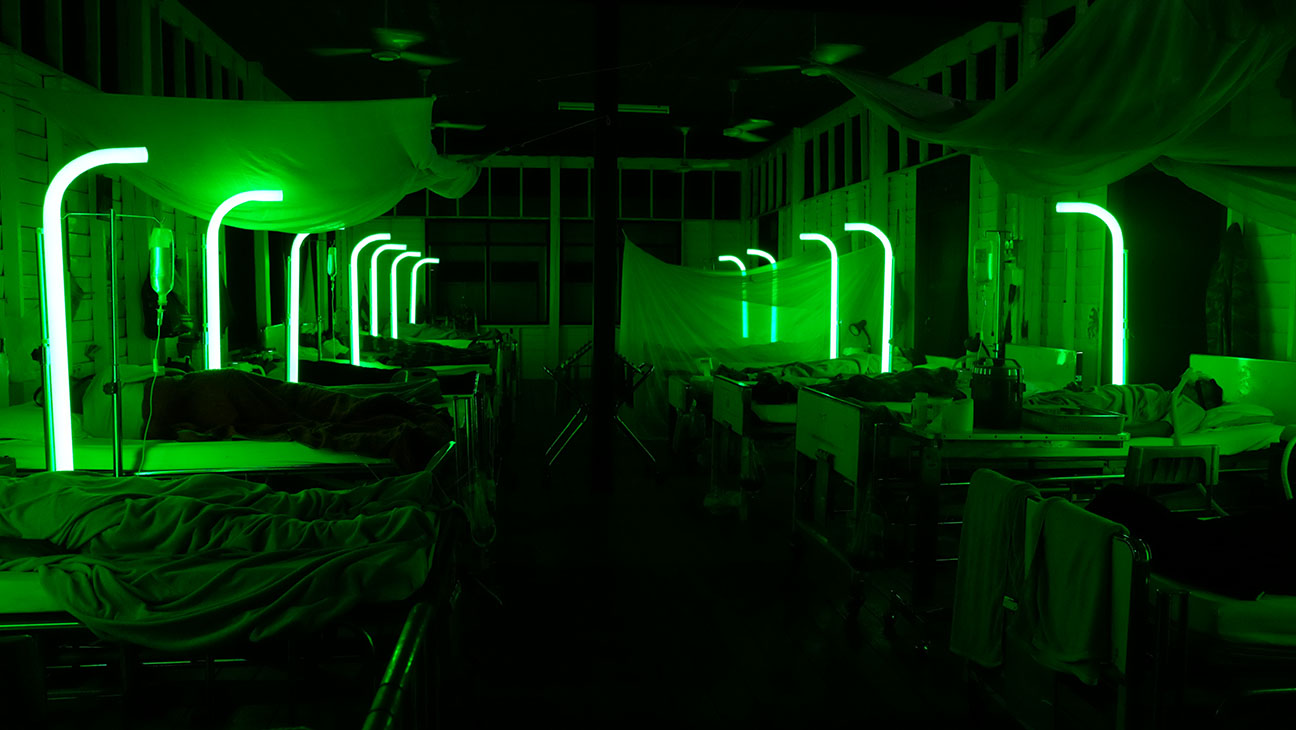
Netflix movies don’t get much more “out there” than Apichatpong Weerasethakul’s 2015 effort Cemetery of Splendour. The narrative demands patience and imagination from its viewers like few other movies outside the oeuvre of the Thai director. Very little screen time is dedicated to anything other than the subdued dialogue between the film’s few selection of characters and Weerasethakul’s portraits of the hospital and nearby forest and village where Cemetery of Splendour takes place.
In an industry obsessed with CGI and frames per second, Weerasethakul creates a dream world out of reality. A fantasy movie at heart, Cemetery of Splendour concentrates on a temporary clinic for wounded soldiers who’ve all contracted an unknown sleeping sickness. Jen, a worker at the clinic, meets Keng, a young psychic tasked with helping the families of the soldiers communicate with their afflicted relatives. The two end up exploring the reason behind the sickness and the nature of the grounds surrounding the clinic.
All this is executed with no special effects. Keng’s visions are relayed purely through words. Jen’s conversation with a pair of spiritual princesses would seem to a passerby like a routine meeting of friends or relatives. The only physically ethereal quality of the movie comes from the image of light therapy machines doctors have installed in the clinic to help the soldiers awaken from their condition.
Weerathesakul’s shots containing these lights contrast beautifully with the natural greens of the forest scapes and dull colors of the city streets where most of the movie takes place. While some films are fitted more for a theatre screen, Cemetery of Splendour’s tender sequencing and beautifully rendered scenes feel more at home on a smaller, more intimate setup.
All this means that Cemetery of Splendour isn’t for everyone. There are stretches where the film’s lack of action or dialogue can test the stamina of viewers. Some entire sequences and plot points depend on the audience’s acceptance of the cinematic reality of the movie. It becomes that much more rewarding if you stick around for the entire length, however.
8. Girlhood
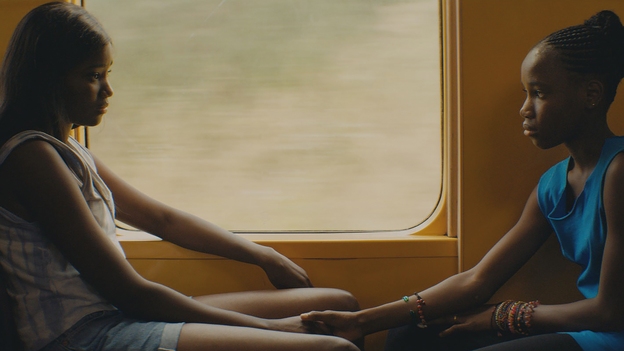
When it was released in the middle of 2014, Boyhood (also on Netflix) garnered the type of critical and commercial success that any film shot over 12 years is worthy of receiving. It became the Bildungsroman for the twenty first century and likely cemented director Richard Linklater’s legendary status. Later on, in 2014, French director Céline Sciamma released Girlhood. While that film never matched the attention or ambition of Boyhood, it offers an equally compelling coming-of-age story.
Girlhood stars Karidja Touré as Marieme, a 16-year-old girl living in a poor suburb of Paris. Faced with an abusive brother and failure in school, she befriends a gang of girls who offer her an escape from home. Marieme, adopting a new persona as Vic, begins stealing clothes and fighting other girls to fit in with her new friends, which leads to larger crimes and more life-altering decisions.
It’s an undoubtedly grittier and more diverse watch than Boyhood. While the two films are alike in genre in concept, Boyhood goes for the heart with a temperate ease. Girlhood, meanwhile, dives in hard and never leaves the poverty-stricken reality of Marieme’s milieu. Her attempts to escape only drag her closer and closer back. It’s a harrowing movie without even considering that these choices are being made by a 16-year-old.
Despite all this, Girlhood never preaches. No savior rescues Marieme and proselytizes about the way she should be living. Her mistakes, triumphs, failures and decisions are all hers. While that is hard to fathom for a 16-year-old, Girlhood never relents from its subject. Without the fanfare of its genre compatriot Boyhood, Girlhood proves to be just as fascinating, just as contemporary and sharper around the edges.
9. We Need to Talk About Kevin
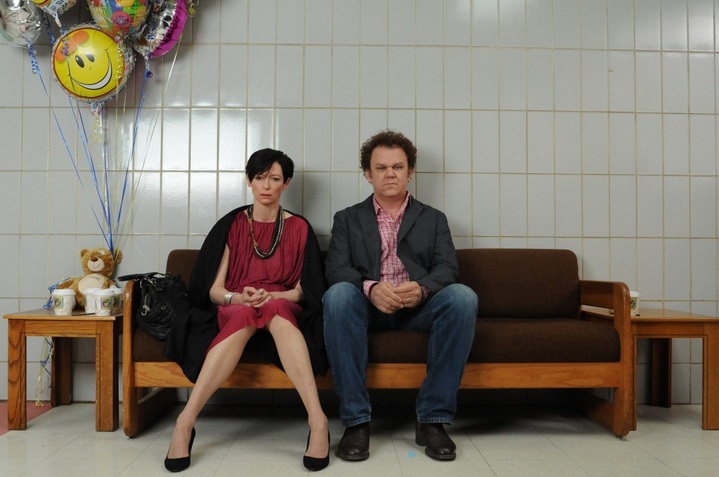
From the very first scenes viewers can tell how provocative a watch We Need to Talk About Kevin will be. Eva, the mother of a mass murderer, is shown participating in some strange gathering, where shirtless bodies are massed together soaking each other in what appears to be blood.
Is this some grand statement about the human worship of violence? Realizing that the blood shown is actually tomato juice and the festival, La Tomatina, takes place annually in Spain, does this then have any greater significance for Eva, a former travel writer having to live with the sins of her son? Is this trip offering her any form of sanctuary away from him?
The greatest part about We Need to Talk About Kevin is that it never answers these nor other serious questions a film of this ilk might try to wrestle with. It never hamfists its way around weighty topics or contrives pointless empty metaphors. Notions of nature vs. nurture and different parenting techniques pop up but eventually take a back seat to the meat and potatoes of the film: the moments of intensity between characters that catapults the movie away from self-explicating drama and into more of a pure thriller experience.
A movie like this demands an expert cast, and Ezra Miller as Kevin and Tilda Swinton as Eva come through with aplomb. Swinton particularly shines as both a terrified mother and a detached survivor of Kevin’s increasingly gruesome antics.
After famously losing the directorial rights of The Lovely Bones to Peter Jackson, Lynne Ramsay was luckily available to direct We Need To Talk About Kevin. Her employment of a nonlinear storyline adds depth to Swinton’s character and doesn’t sacrifice any of the intensity leading up to the climax of the film. Again, she keeps the script lean and light on heavy-handed exposition in favor of letting actors like Miller and Swinton carry the film.
10. Stranger By the Lake
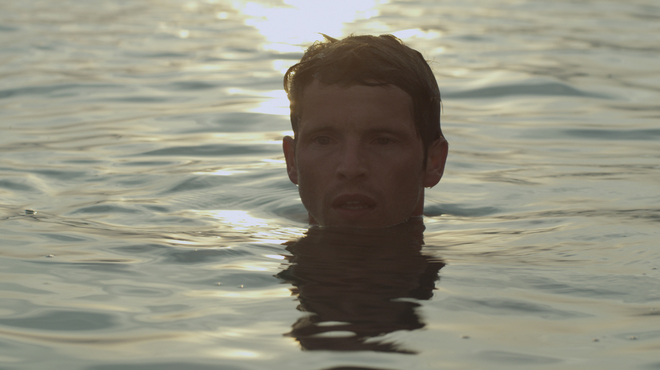
Another French entry onto this list, another movie noted for its remarkable tranquility. Stranger by the Lake focuses on Franck, a gay man who “cruises” by the side of a lake placed in the calmness of the French forests. The adjacent beach attracts a spectrum of men: some, like Franck, look for casual sex, others visit with their husbands, one man has a sexual attraction to voyeurism, another sits by the lake with no clear lascivious intention.
Franck gets to know this man, Henri, and finds out that his girlfriend has recently left him; while he has had physical relationships with men before, he doesn’t identify as either gay or bisexual and is surprised that a handsome man like Franck is gay. While never seeming defensive, Franck doesn’t internalize comments like this about his sexuality, which come up throughout the film.
By extension, Stranger by the Lake never apologizes for its subject matter. Acts of male frontal nudity, men kissing and gay sex are shown uncensored. Never contrived, these scenes flow natural to the arc of the film. And that arc takes an interesting turn in the middle section of Stranger by the Lake.
A death by the lake changes the dynamic between Henri, Franck and his new lover Michel. For some men trying to keep their persuasions under wraps, the ensuing investigation brings unwanted attention. For others, it signals a need to elude the police and hide their roles in the murder. What pans out is a brilliant discussion on the selective blindness of love, one that never ventures too far away from the movie’s unabashedly gay heart.
Author Bio: Dan Leopold is a recent college graduate, majoring in journalism and history. He enjoys reading, writing, baseball, music and watching movies. His favorite filmmakers include Akira Kurosawa, Jean-Luc Godard and Paul Thomas Anderson.